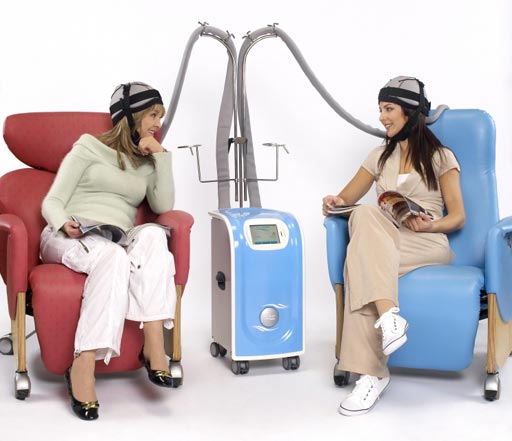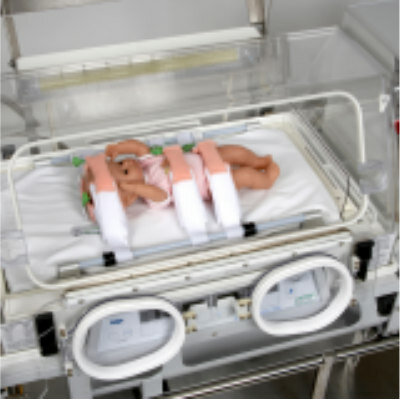Scalp Cooling Reduces Alopecia in Women Undergoing Chemotherapy
By HospiMedica International staff writers
Posted on 03 Mar 2017
A new study suggests that using a scalp-cooling device may help reduce hair loss in women with breast cancer receiving chemotherapy.Posted on 03 Mar 2017
Researchers at Baylor College of Medicine, Memorial Sloan-Kettering Cancer Center, and other institutions conducted a randomized clinical trial involving 182 women with breast cancer undergoing chemotherapy between December 9, 2013, and September 30, 2016. The study was conducted at seven sites in the United States in order to assess whether a scalp-cooling device is effective at reducing chemotherapy-induced alopecia and assess adverse treatment effects.

Image: The Paxman scalp cooler used in the study (Photo courtesy of Paxman).
Scalp cooling was done 30 minutes prior to and during the chemotherapy infusion, and 90 minutes after each session. The primary efficacy end points were successful hair preservation at the end of four cycles of chemotherapy, as determined by a clinician unaware of treatment assignment, and device safety. Secondary end points included wig use and scores on the European Organization for Research and Treatment of Cancer Quality of Life Questionnaire (Core 30), the Hospital Anxiety and Depression Scale, and a summary of the Body Image Scale.
At the time of the interim analysis, the researchers found that patients who received scalp cooling were significantly more likely to have reduced hair loss, with 51% of those in the scalp cooling group retaining all their hair, compared with 0% of those in the control group. There were no significant differences in changes in any of the measures of quality of life between the groups. In addition, 54 adverse events were reported in the scalp-cooling group, none of them serious. The study was published on February 14, 2017, in JAMA.
“Among women with stage I to II breast cancer receiving chemotherapy with a taxane, anthracycline, or both, those who underwent scalp cooling were significantly more likely to have less than 50% hair loss after the fourth chemotherapy cycle compared with those who received no scalp cooling,” concluded lead author Julie Nangia, MD, of the Baylor College of Medicine. “Further research is needed to assess longer-term efficacy and adverse effects.”
Chemotherapy may result in hair loss (alopecia), rated by women as one of its most distressing adverse effects. Scalp cooling is hypothesized to work by reducing blood flow to hair follicles and reducing the uptake of chemotherapeutic agents. Modern methods to prevent hair loss use devices that circulate fluid in a cooling cap using refrigeration. A cap is placed on the patient prior to chemotherapy and does not have to be changed or removed until the treatment is completed.














